Description
13X Bead Molecular Sieves: The Versatile Workhorse of Adsorption
In the world of industrial separation and purification, the workhorse of many processes is often overlooked. This unsung hero is the 13X bead molecular sieve, a highly effective adsorbent material with a broad range of applications. Its unique properties and versatility make it an indispensable tool for industries ranging from petroleum refining and natural gas processing to air separation and medical applications.
What are 13X Bead Molecular Sieves?
13X molecular sieves are synthetic zeolites, crystalline aluminosilicates with a well-defined, three-dimensional pore structure. The “13X” designation refers to the pore size, approximately 10 Angstroms (0.1 nanometers) or, in older nomenclature, 13 Ångströms. This relatively large pore size allows it to adsorb molecules with kinetic diameters smaller than 10 Angstroms, while excluding larger molecules. The “bead” form signifies that the material is manufactured into spherical pellets, typically ranging from 1 to 5 mm in diameter. This shape provides excellent packing density, minimizes pressure drop in packed beds, and maximizes surface area for adsorption.
Key Properties and Advantages:
- High Adsorption Capacity: 13X sieves boast a high adsorption capacity for a wide variety of molecules, including water, carbon dioxide, hydrogen sulfide, mercaptans, and various hydrocarbons.
- High Selectivity: The controlled pore size allows for selective adsorption, enabling the separation of specific molecules from a mixed gas or liquid stream.
- Thermal Stability: They exhibit good thermal stability, allowing for operation at elevated temperatures and efficient regeneration through heating.
- Chemical Resistance: 13X sieves are generally resistant to many common chemicals, making them suitable for use in diverse industrial environments.
- Reusability: They can be repeatedly regenerated by heating and/or purging with a dry gas, extending their lifespan and minimizing operational costs.
- Bead Form: The spherical bead form offers several advantages, including improved packing characteristics, reduced pressure drop, and enhanced mass transfer efficiency.
Applications Across Industries:
The versatility of 13X bead molecular sieves makes them valuable in a vast array of applications:
- Natural Gas Processing: Used for drying natural gas streams to prevent hydrate formation and corrosion. They also remove sulfur compounds like H2S and mercaptans, enhancing the quality of natural gas.
- Air Separation: Employed in cryogenic air separation plants to remove water and carbon dioxide, ensuring efficient production of nitrogen, oxygen, and argon.
- Petroleum Refining: Used to dry feedstocks and remove contaminants from process streams, such as cracked gases. They also play a crucial role in isomer separation and purification of olefins.
- Medical Applications: Employed in oxygen concentrators for medical and home use, providing a concentrated oxygen supply for patients with respiratory conditions.
- Refrigerant Drying: Used to dry refrigerants to prevent corrosion and maintain the efficiency of refrigeration systems.
- Polymer Production: Used to remove water from monomers and polymers during the polymerization process, ensuring high-quality product formation.
- Chemical Processing: Used to purify solvents and reaction intermediates, removing unwanted water or other contaminants.
- Ethanol Dehydration: Used to dehydrate ethanol, producing anhydrous ethanol suitable for blending with gasoline.
How 13X Molecular Sieves Work: The Science of Adsorption
The functionality of 13X molecular sieves relies on the principle of adsorption. This surface phenomenon involves the adhesion of molecules (adsorbate) from a gas or liquid phase onto the surface of a solid (adsorbent). In the case of 13X sieves, the highly porous structure provides a vast internal surface area for adsorption.
The adsorption process is driven by various forces, including:
- Van der Waals forces: These weak intermolecular forces are present between all molecules and contribute to the non-specific adsorption of various components.
- Electrostatic interactions: The charged nature of the zeolite framework allows for strong electrostatic interactions with polar molecules, such as water and carbon dioxide, enhancing their adsorption.
The selectivity of 13X sieves arises from the combination of pore size and the inherent properties of the zeolite framework. Molecules smaller than the pore size can freely enter the pores and are adsorbed, while larger molecules are excluded.
Regeneration: Restoring Adsorptive Capacity
As the 13X sieve becomes saturated with adsorbate, its adsorptive capacity diminishes. To restore its performance, regeneration is necessary. The most common regeneration method involves heating the saturated sieve to elevated temperatures (typically between 200-300°C) under a stream of dry gas (e.g., nitrogen, air) or under vacuum. This process removes the adsorbed molecules from the pores, effectively restoring the sieve’s adsorptive capacity.
Conclusion:
13X bead molecular sieves stand as a testament to the power of materials science in addressing critical industrial challenges. Their ability to selectively adsorb and separate molecules makes them an indispensable tool in a wide range of applications. From ensuring the efficient production of clean energy to providing life-saving medical oxygen, the 13X bead molecular sieve continues to play a vital role in modern society. As research and development continue to push the boundaries of zeolite technology, we can expect to see even more innovative applications of these versatile materials in the future.

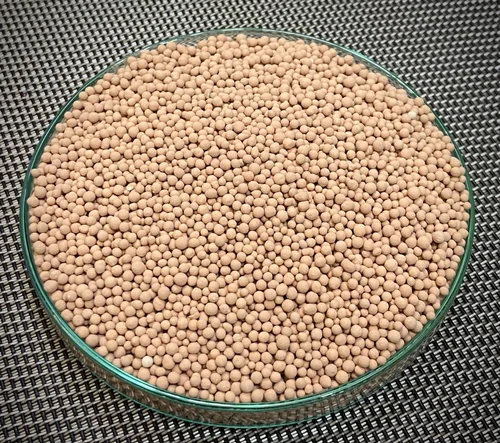
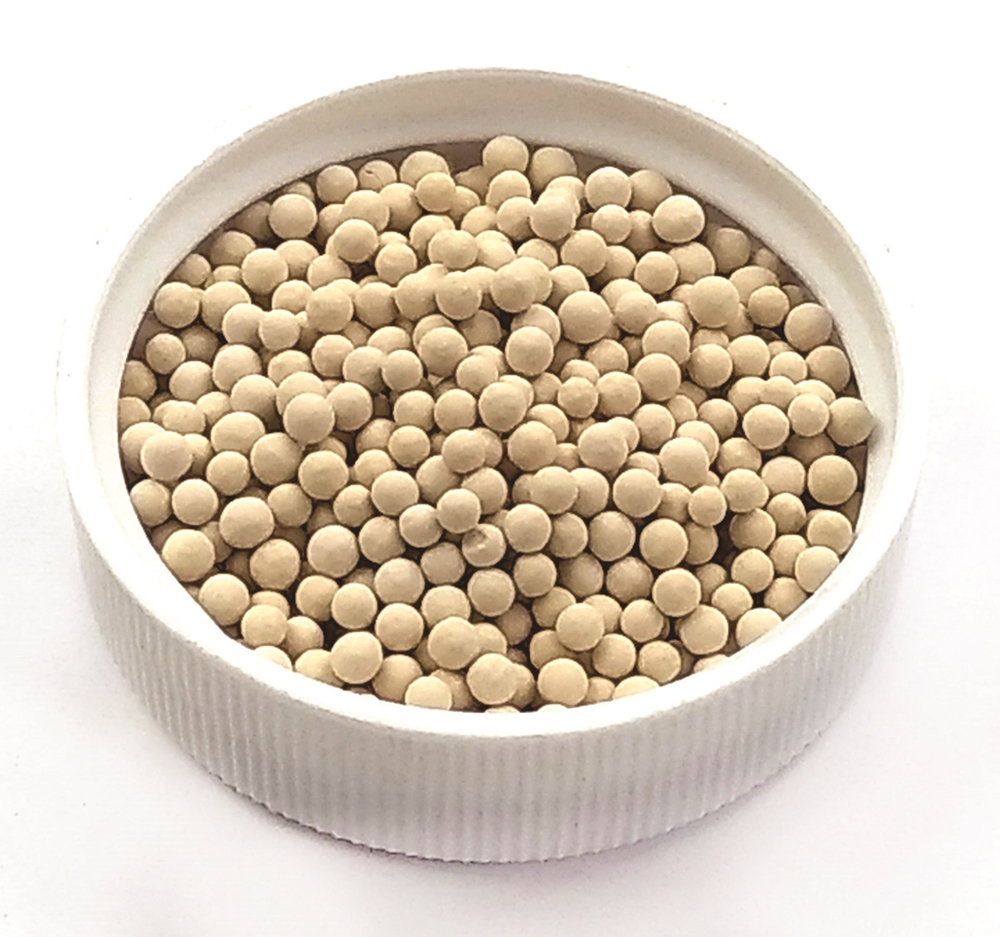

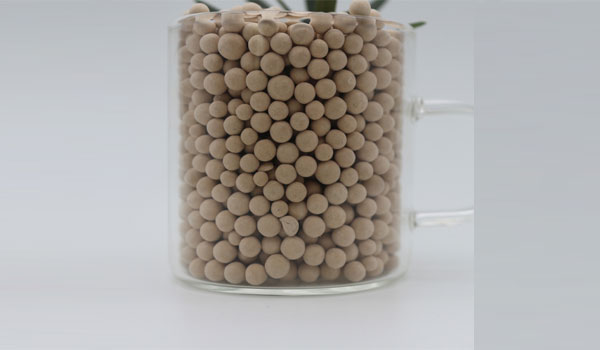
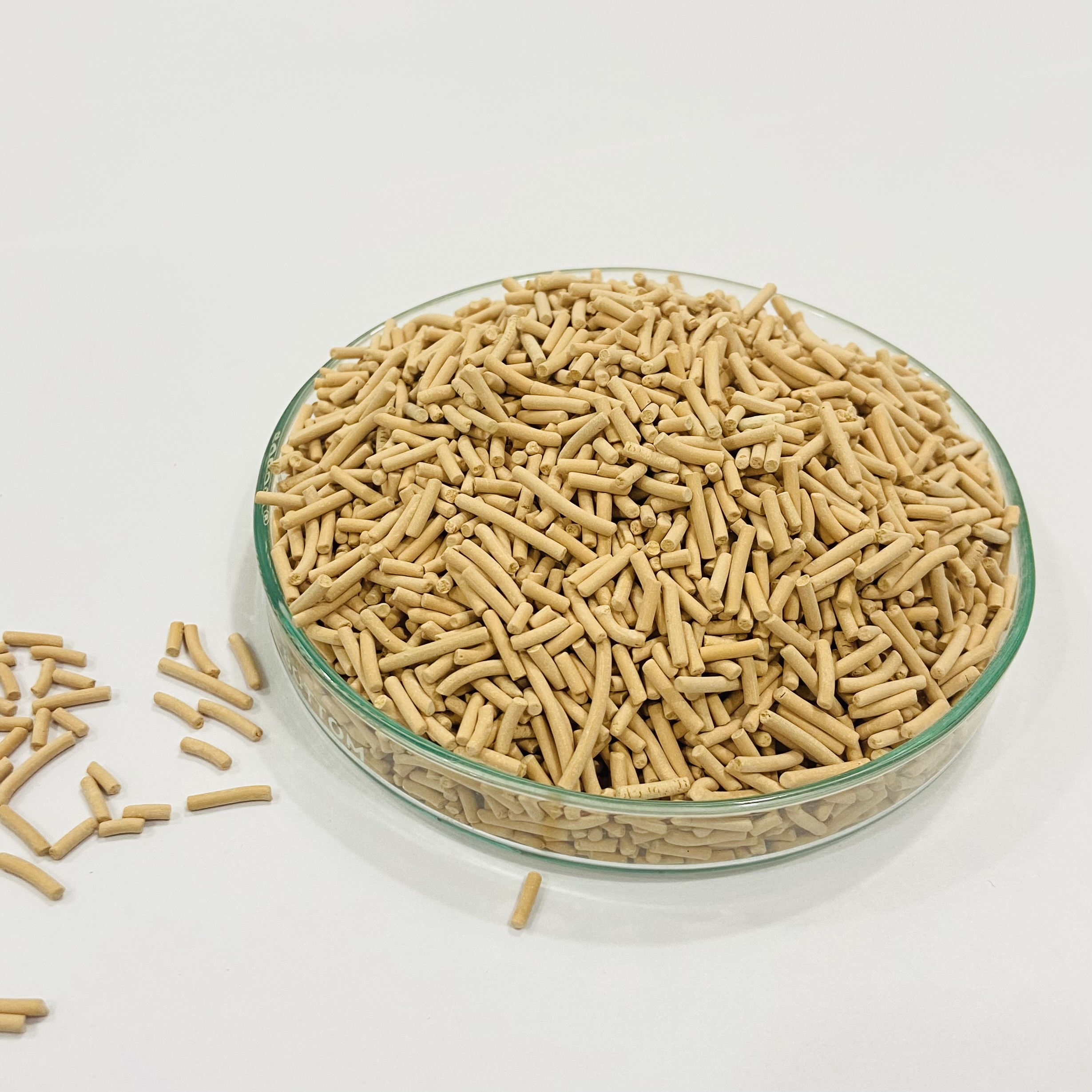
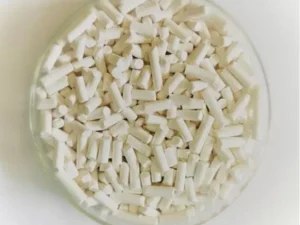



Reviews
There are no reviews yet.